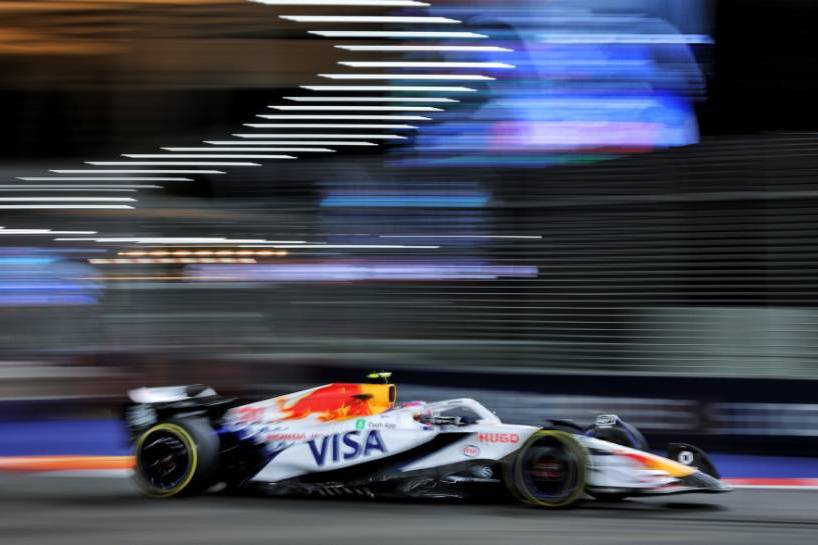Singapore GP lowdown: Speed trap pecking order and the strategy wildcards that decide the night
Marina Bay’s 4.94km street circuit remains one of Formula 1’s ultimate exercises in patience and precision. Overtaking is notoriously difficult, track position is king, and the hot, humid conditions punish both cars and drivers over 62 laps. Strategy here is as much about what you don’t do as what you do — protecting tyres, covering rivals and staying alert to chaos.
Safety cars and randomness
Only once has Singapore run without a Safety Car. The combination of tight walls, limited grip off-line and high braking demands makes caution periods a persistent threat. That volatility often transforms strategy from a neat one-stop plan into a reactive exercise in timing — hit the pit entry as the Safety Car is called, and you can leapfrog half the field.
Pitlane, procedures and marginal gains
The pitlane speed limit and its enforcement shape how teams weigh undercut versus overcut potential. With track position at a premium, the penalty for pitting at the wrong moment is steep. Expect most frontrunners to prioritise tyre life on the first stint, stay within the pit window of their direct rivals, and delay bold calls until the field’s rhythm is clear.
Speed trap signals
Singapore’s speed trap figures offer only part of the picture. While top speed helps on the main straight and through DRS zones, acceleration out of low-speed corners and rear-end compliance over bumps matter just as much. Cars with strong traction and stable braking can flex in qualifying — but the race rewards those who keep tyre temperatures under control and carry consistent pace in traffic.
In short: track position, tyre management and Safety Car timing will decide the night. The fastest car on the straight is not always the one that reaches the podium first in Singapore.

